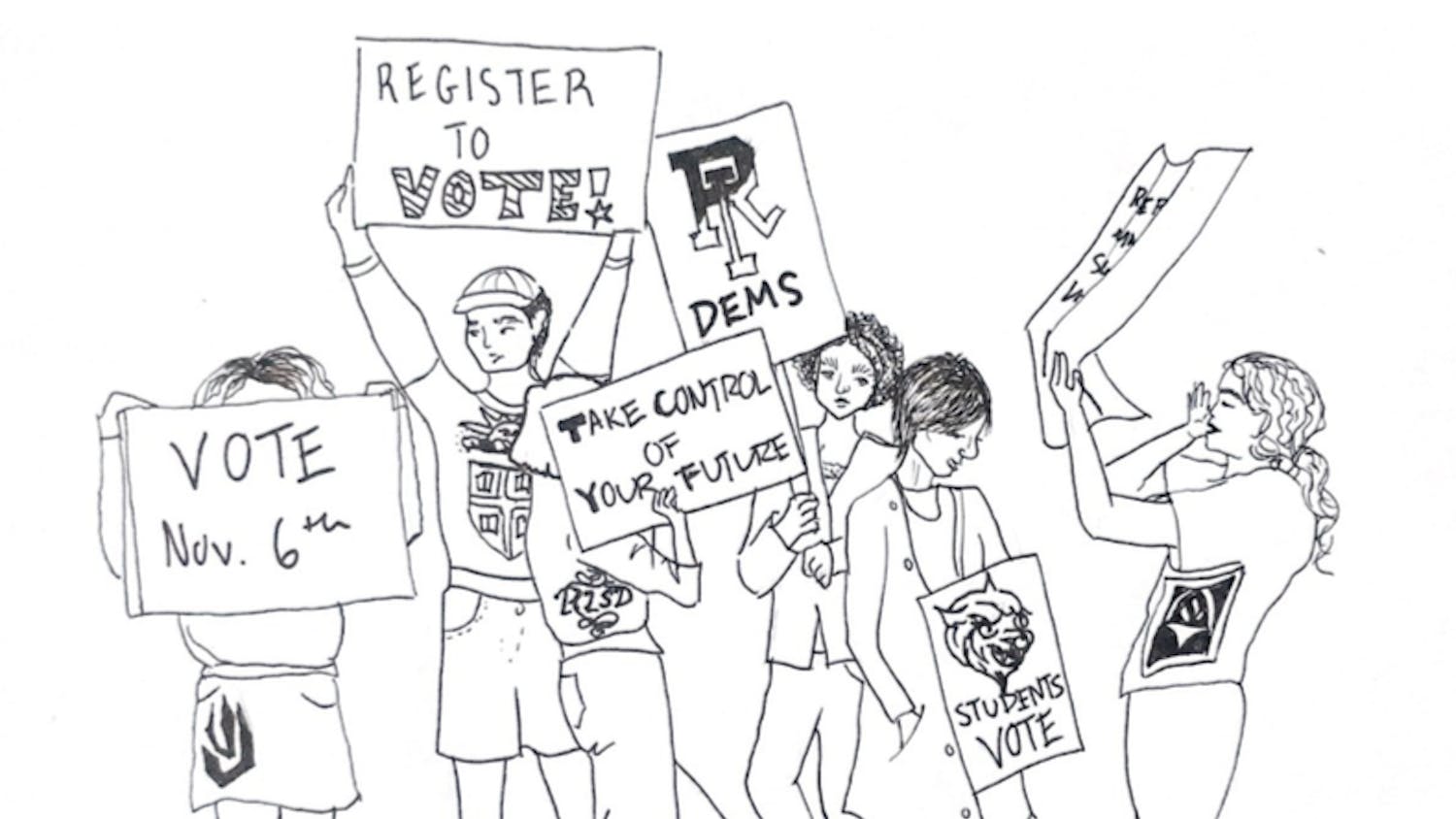When it became clear that six Cornell students had committed suicide over the course of the 2009–10 academic year, the media erupted. Articles on bridge barriers, anxiety and a university on edge flooded the Internet, publicizing what was meant to be a new insight to higher education: Not all college students are happy all the time.
There appeared to be a mental health crisis, and Cornell was painted a "suicide school." But worries about college mental health have been around for decades, and even the situation at Cornell became less jarring when approached with a wider lens. Over the last 10 years, the suicide statistics at Cornell matched national averages, and between 2006 and 2009 the school had no suicides.
Though the world of American education is not experiencing an acute mental health crisis, suicide and mental illness are still significant issues, even at Brown — a university filled with what the Princeton Review deems the nation's happiest students.
‘Overwhelmed'
"Is there anything about the college experience itself that can be conducive to these sorts of disorders?" asked William Simmons '60, professor of anthropology and former vice president and provost. His course on the American university examines college mental health care, and he said his research has found that many college students find the intensity, pressure and high expectations of undergraduate life leave them feeling anxious and overwhelmed.
"There's a lot of pressure," he said, and students constantly ask themselves, "How can I possibly compete with all of these geniuses that are in my class?"
David Leibow, a psychiatrist on the faculty of the Columbia University College of Physicians and Surgeons, recently published a book on college mental health. He also attributed student depression and anxiety to "academic pressure and psychosocial adjustment."
Although "academic stress has been around for decades," changes to college admissions processes have created meritocratic universities with much higher expectations, Leibow said. The presence of high-performing students from diverse backgrounds at schools like Brown, Cornell and Columbia — which used to be populated exclusively by the elite — have left many students unable to keep up.
Over the last year, almost 85 percent of college students felt "overwhelmed" by everything they had to do, according to a 2009 survey by the American College Health Association. Over the same time period, about 30 percent of students felt "so depressed that it was difficult to function."
Anxiety and depression are the most common issues plaguing the 18 percent of Brown students who visit Psychological Services each year, said Belinda Johnson, the office's director.
‘They can get help'
Yet while admissions standards at Brown have skyrocketed over the last 10 years, mental health figures have remained constant, Johnson said.
There was a 35 percent increase in the number of students seeking psychological help between 1990 and 2000, but, she said, even that increase might be related to more acceptance of the usefulness of professional treatment and not only to changes in the mental health of the student body.
"In general, our society became more aware that some problems that people have are mental health problems, and that they can get help for them," she explained. Issues like anxiety and depression were relabeled as mental health concerns, rather than just sadness or nerves, but the underlying problems had always been on campus.
Universities like Brown also saw a small uptick in the number of students with more serious mental health issues, Johnson said, because improvements in psychiatric treatment and medication helped some students make it to college when their illnesses would have kept them from school in the past. Again though, there were not actually more young people overall with mental illnesses.
‘A supportive environment'
Brown has worked for years to build "a supportive environment for seeking help," said Margaret Klawunn, vice president for campus life and student services. Psych Services has been organized for decades under a refer-out model that minimizes waiting lists for students seeking first-time help, she said. Policies for students with psychological issues serious enough to merit a medical leave of absence have also been largely unchanged.
At Cornell, most mental health initiatives and suicide prevention efforts are also decades-old, said Gregory Eels, director of the school's counseling and psychological services program and a former president of the Association for University College Counseling Center Directors.
About 10 years ago, Cornell adopted a "much more public health approach" when it adopted a campus-wide suicide prevention program informed by the U.S. Air Force Academy, he said. Faculty and staff started watching videos seven years ago that help them to recognize signs of students in distress, he said, and a "Let's Talk" program puts counselors all over campus to directly reach some underserved members of the community.
Though Cornell had some immediate, short-term responses to last year's six suicides — most notably erecting bridge barriers on its campus's infamous gorges — the general commitment to mental health was long-term.
An old problem
Mental illness is old news on college campuses.
In the 1600s, Harvard "was constantly having problems" with drunken students who would vandalize property and get in fights, said Simmons, the anthropology professor. Though no one would use terms like "binge drinking" or "substance abuse" to describe those students' behavior, or suggest that it might be caused by deeper emotional problems, it was not all that different from many issues on campus today.
"We're dealing with a modern version of something that's always existed," Simmons said.
Fortunately though, Brown's campus has also had an age-old commitment to watching out for other members of the community.
About 30 percent of the students at Psychological Services get referrals from friends, Johnson said.
"This concept of a caring community has always existed at Brown," Johnson said




